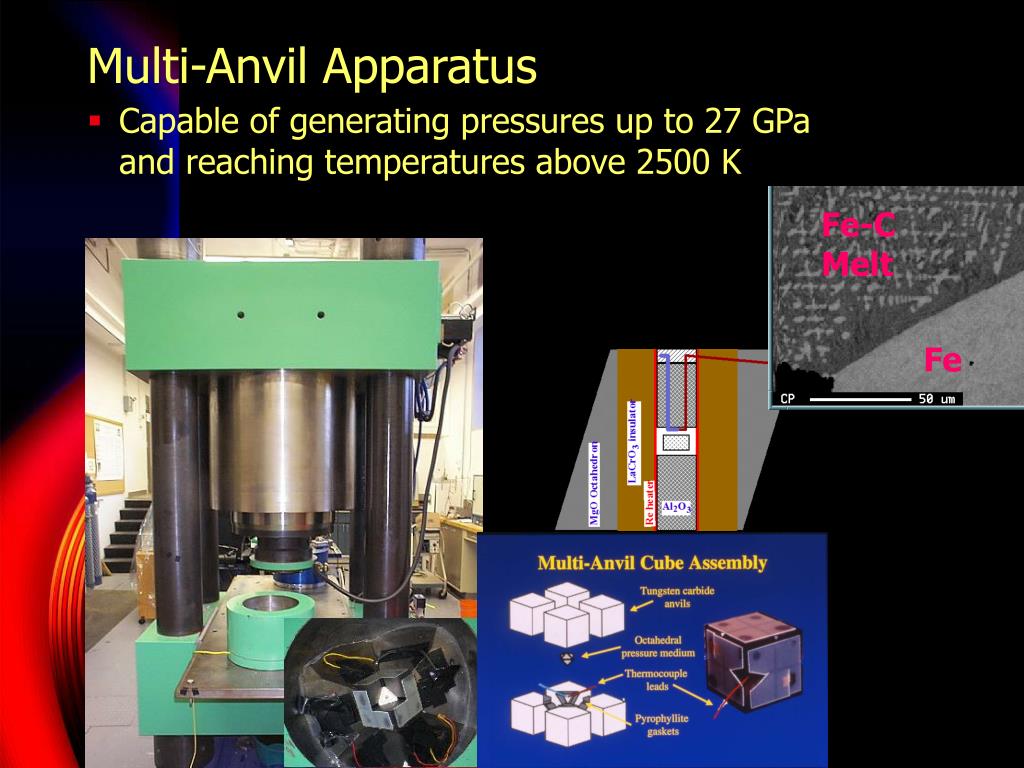

- #Anvil foundry recirculation full#
- #Anvil foundry recirculation software#
- #Anvil foundry recirculation plus#
This choice is made on my situation and preference. I have tried BrewFather for a while and it is good as well.
#Anvil foundry recirculation software#
My software of choice right now is BeerSmith. My conversion efficiency has always been in the 97% to 100% range, accounting for some error in moisture content in the grains. Statistically, the averages were too close to really claim much of a difference. My mash efficiency was maybe a point higher when I sparged, but more variable.
#Anvil foundry recirculation full#
When I started brewing on the system, I switched back and forth with a sparge and full volume. I get a mash efficiency of around 81% when brewing at 120v and 84% at 240v, most of the difference comes in the increased volume at 240v to account for the additional boil off. I line the bag with my grain bag (I use both a Wilser bag and a Brewbag and both work very well) and do a reasonably fine crush.
#Anvil foundry recirculation plus#
On the plus side, it greatly helps with transferring the wort and clean-up. I did buy the pump for recirculation and from the couple of brews I did without recirculation the pump helps with consistency in extraction efficiency and grain bed temperature uniformity. My first 10 to 12 brews were all scoping out the system and I ended up with something close to where I was when I was doing a full volume BIAB on the stovetop.

I have a first generation Anvil Foundry 6.5G and have been brewing on it for well over a year now making 35 brew days. I haven't checked, but I believe the cooler could and should go much deeper. If I hang the cooler off the side, there are ~4 loops above 3 gallons. On that subject, what do Foundry owners like as far as a brewing calculator? Brewer's Friend looks comprehensive, but it won't estimate how much water the grains will absorb. What kind of efficiency should I expect from a basket and 1 gallon sparge? That is, I figure I should bump my grain bill to account for it, and when entering numbers in a spreadsheet. You 10.5 gallon guys must be doing it outside using the spigot? I put it on a chair by the sink, sprayed with water, scrubbed, then tossed out the water. One could leave the lid on until this time, theoretically. Cooling was fairly easy, although took a while: 30 minutes to 80. Temperature changes were quick, even on 120VAC at 80%.

Aside from that, mashing and sparging was trivial. With a basket, however, I may have to re-think this. I didn't buy the recirculation pump, since traditionally I've just recirculated a few quarts by hand. Oginme begins his explanation at the bottom of page one.For those considering it, here are some thoughts on the Foundry, coming from a traditional all-grain guy. Anvil Foundry QuestionsĮdit: I found the thread on another forum where I first learned about this from user It was on the American Homebrewers Association forum. Oginme begins his explanation at the bottom of page one.

I use the malt pipe with no bag - recirculate using the Anvil recirculation kit and I do full volume mash with no sparge.Įdit: I found the thread on another forum where I first learned about this from user It was on the American Homebrewers Association forum. Since I started using this method the BHE on my Anvil Foundry 10.5 is 76% to 78%. To combat this you can pull the malt pipe during the mash so that still water comes in contact with the grain. Then, at the end of the process when you pull the malt pipe all that water then floods in dropping the gravity and reducing your perceived efficiency. The water between the malt pipe and the kettle wall does not get pulled into the recirculation system leaving you with plain water along the sides that never becomes part of the mash. This is much discussed in the Anvil Foundry thread in the Electric Brewing forum but in a nutshell there is an inherent flaw in the Foundry design.


 0 kommentar(er)
0 kommentar(er)
